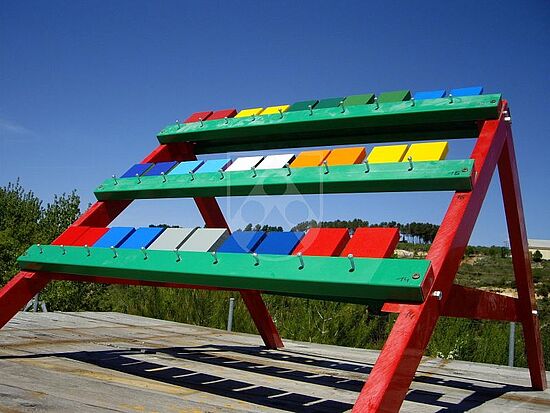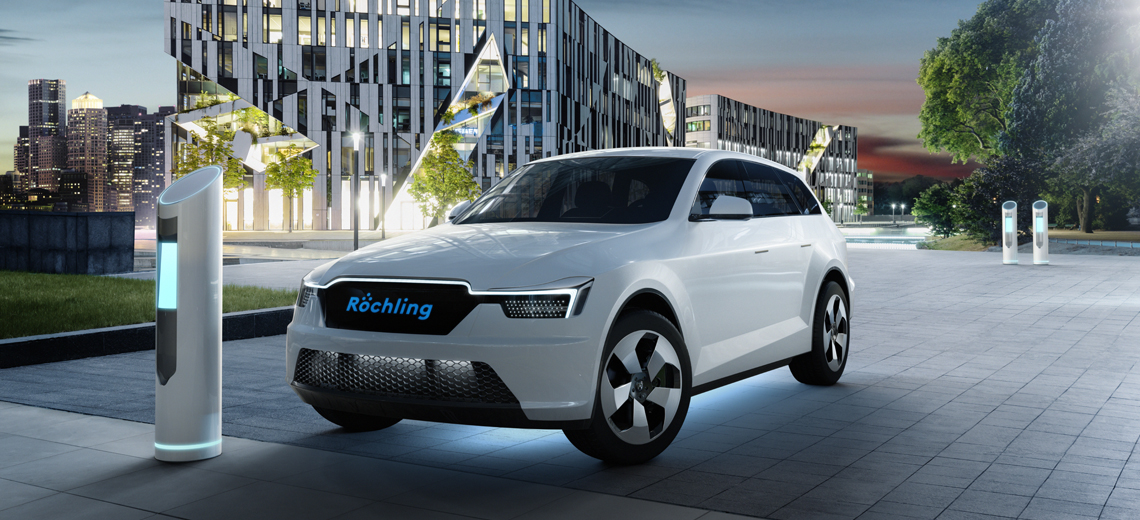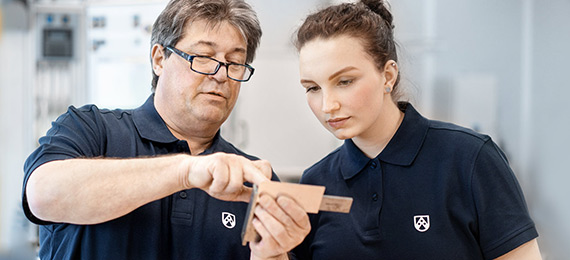Defy wind and weather: How do plastics become weather-resistant?
Summer is in full swing and with it comes the next walk in the park. Sunshine, nature in bloom – bright colours are everywhere. If it weren't for the faded rocking horse in the playground. It is exposed to sun, wind and weather every day. If manufacturers fail to use weather-resistant materials in their designs, then a loss of colour is inevitable. So all that eventually remains is a pale little horse. This is why manufacturers need to check carefully whether a material is suitable for outdoor use.
Materials used outdoors are exposed to the forces of nature. They have to defy wind and weather over the long term and still look as immaculate as possible. This does not happen as a matter of course, however. Any material used outside will age over the course of time as a result of factors such as UV radiation, rain, wind and ice.
How does a material become UV-resistant?
One of the factors accelerating this process is UV radiation. Not every material has the same level of resistance.
Additives are therefore used to increase resistance to UV rays. They will either convert the damaging rays into harmless heat (UV absorbers) – a similar principle to the action of a sun cream – or they will capture the highly reactive atoms or molecules (radicals) as they form and prevent them from splitting and hence degrading the material (UV stabilisers). Manufacturers of outdoor play equipment must therefore take care to select a material that is protected from UV radiation.
However, UV radiation is not the only cause of accelerated ageing in a material. Other weathering effects such as temperature, humidity, oxygen content, salinity, ozone and other gases in the atmosphere will also affect the condition of a material.
Weather resistance
Weathering tests are carried out to verify the weather resistance of materials. A distinction is made here between laboratory tests, most of which simulate the time lapse effects of the most important weathering factors, and outdoor weathering tests, which usually study natural exposure over a period of years in a specific region.
The results of such tests must nevertheless be examined carefully: Accelerated weathering tests in the lab can only provide comparative findings on the variation between pigments of a colour after a defined period of time. Due to the complexity and variety of the influencing factors of environmental conditions and site parameters, it isn't possible to translate the test results to real use. By comparison, accelerated weathering tests deliver more reliable and realistic results.
Back to the rocking horse: If the manufacturers want the colours of the rocking horse to gleam brightly for years, then they should check carefully whether a material is UV-stabilised and scrutinise the results of weathering tests
Röchling offers a material specifically for the production of play equipment – our playground material Play-Tec®. The impressively long-lasting colouring of Play-Tec® is unique in the market. This calls for much dedication: The material undergoes continuous checks in the laboratory's own accelerated weathering devices. In addition, it has already been exposed for years to a variety of climatic conditions in outdoor weathering tests on four different continents. The results of these tests confirm the outstanding colour stability of Play-Tec®. Needless to say, Play-Tec® also meets the relevant safety requirements. Play-Tec® was successfully tested by the technical inspection agency TÜV NORD CERT GmbH in compliance with DIN EN 71-3, -9, -10, -11.
Contact
Please do not hesitate to contact us if you would like detailed consultation regarding the weather resistance of our product for outdoor use:
➜Enquiry: Weather resistant materials
More information about Play-Tec® are available on our website: link







